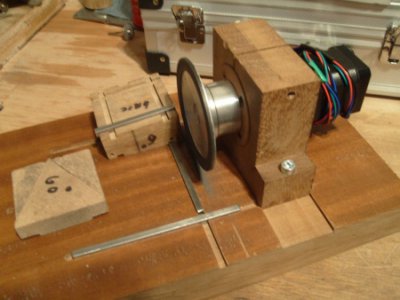- Joined
- Dec 15, 2022
- Messages
- 65
I'm dealing with pretty poor surface finishes and am fighting this on several fronts: lack of overall experience, initial machine setup, possible machine problems, etc. On some advice, I didn't add to my learning curve by also trying to learn grinding geometry right away so I picked up a "ready to go" HSS set similar to this.
I've since learned that one of my problems is the tool I'm trying to use doesn't have any nose radius so I added a small radius which helped a little. One would think that these would work right from the supplier, but this was foolishly optimistic apparently.
I've been reading a ton of posts here and there's a lot of confusing information of exactly how sharp the edges are supposed to be when doing the final honing of the cutting edge. Some say "razor sharp", yet others say it's a relative term and it's not even "knife sharp". I'd say that all of the tooling that came in my set have "crisp corners", but you would be hard pressed to slice skin.
Can anybody help to clear this one topic for me, or maybe this is one of those topics where everybody has a varying opinion?
Thanks in advance!
I've since learned that one of my problems is the tool I'm trying to use doesn't have any nose radius so I added a small radius which helped a little. One would think that these would work right from the supplier, but this was foolishly optimistic apparently.
I've been reading a ton of posts here and there's a lot of confusing information of exactly how sharp the edges are supposed to be when doing the final honing of the cutting edge. Some say "razor sharp", yet others say it's a relative term and it's not even "knife sharp". I'd say that all of the tooling that came in my set have "crisp corners", but you would be hard pressed to slice skin.
Can anybody help to clear this one topic for me, or maybe this is one of those topics where everybody has a varying opinion?

Thanks in advance!


